Don’t forget about 2nd grade nonfiction books for 7-year-olds! It’s also fun to read informational fiction with fictionalized elements to learn facts, too– which are gateway books to straight nonfiction.
When you read nonfiction with your growing readers in the primary grades, especially in second grade, teach them about text features that make nonfiction books different than fiction books.
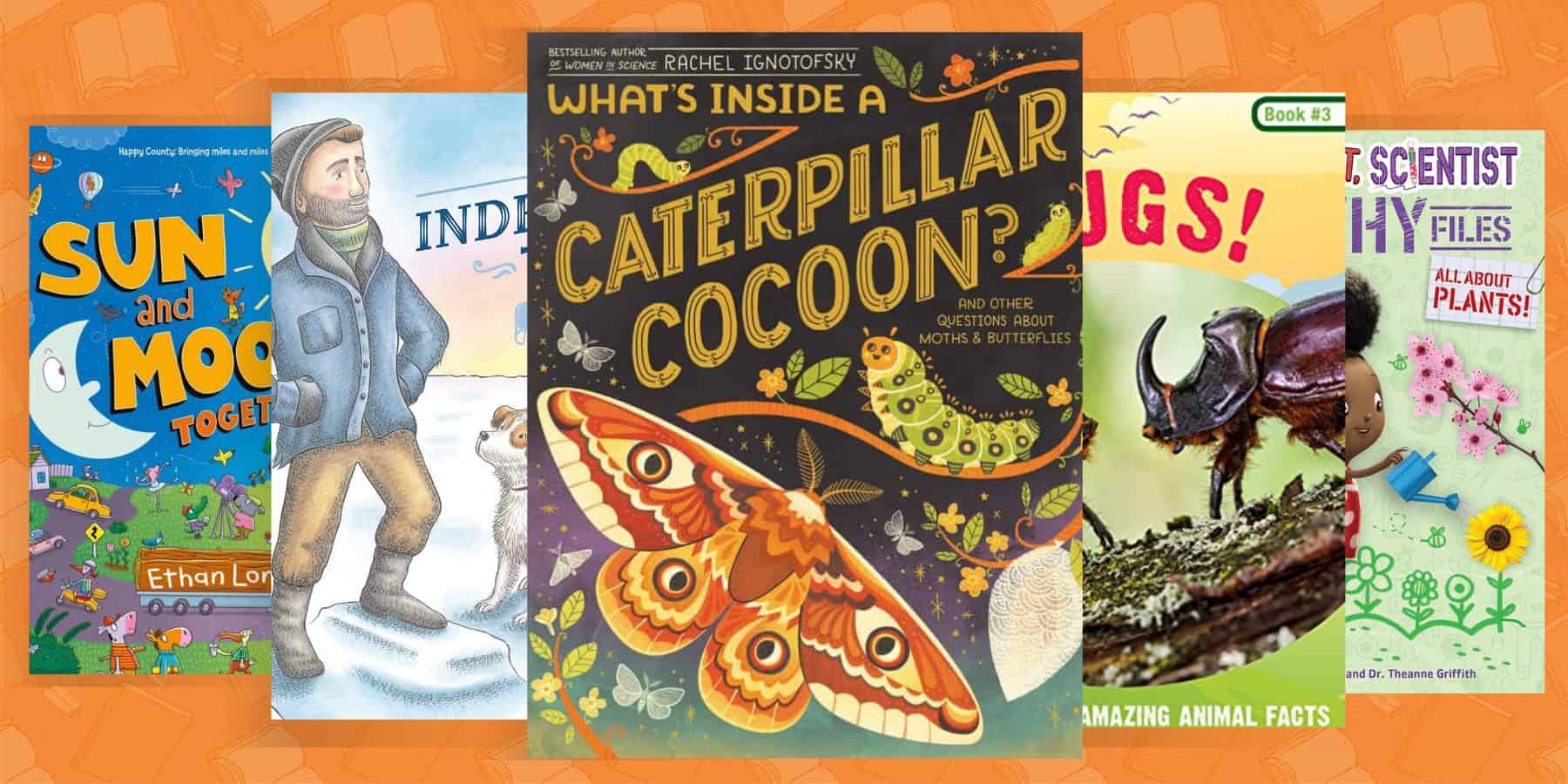
Notice the text features of nonfiction together. Look for what makes nonfiction different than fiction. Things like:
- table of contents
- captions
- graphics
- titles and subtitles
- bolded words
- glossary
Here are my top recommendations to keep your 7-year-olds in 2nd-grade reading nonfiction at an appropriate reading level.
Let your kids pick books about things that interest them– it’s very motivating to have a choice of reading material!
Nonfiction Books for 2nd Grade, 7-Year-Olds
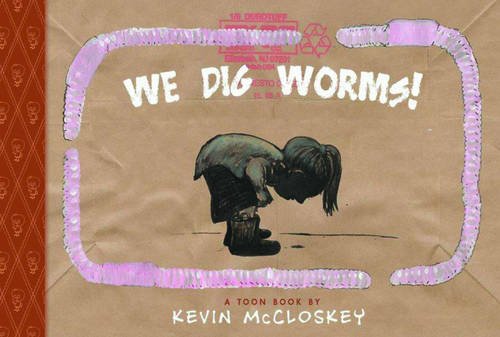
We Dig Worms! by Kevin McCloskey
I love this Toon Early Reader with eye-popping illustrations and one sentence of text per page that explains something about worms. The art is painted on recycled grocery bags which makes for a gorgeous, earthy feeling throughout.
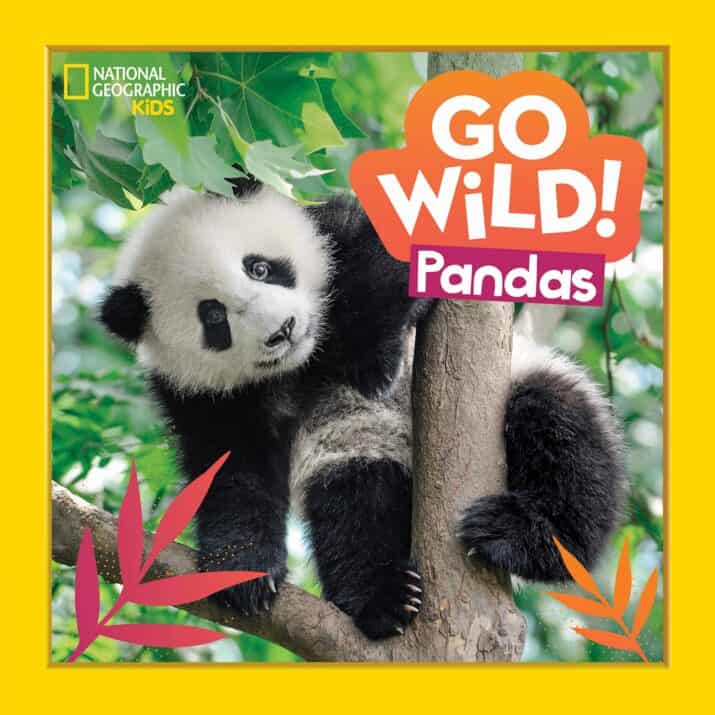
Go Wild! Pandas by Margie Markiarian
This book is a beautiful way for younger readers ages 6 to 9 to learn about pandas with easier text and plenty of photo support and captions.

How Birds Sleep writtenby David Obuchowski, illustrated by Sarah Pedry
Read about 20 different birds and where they sleep. From the Black-legged Kittiwake who sleeps on the choppy waves of the ocean to the Sandhill crane who sleeps on one leg while others in the flock watch for predators, this is a fascinating book about interesting birds and their sleeping habits. Add to that beautiful blue-colored illustrations, and you’ll feel cozy and sleepy while reading about these sleeping birds.
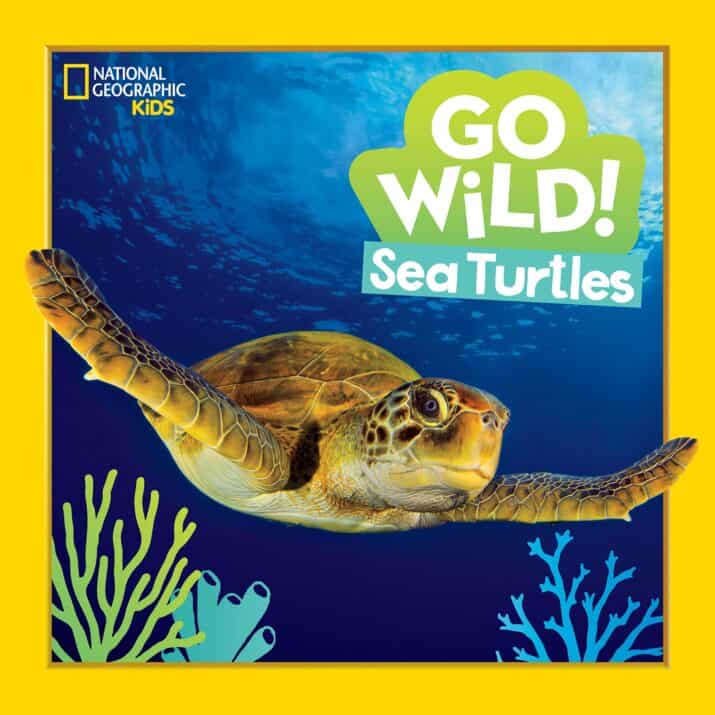
Go Wild! Sea Turtles by Jill Esbaum for National Geographic Kids
Use this new Go Wild! series with your early elementary readers to learn how to read nonfiction text for information. Full-color photographs, labels and captions, and colorful and readable text.
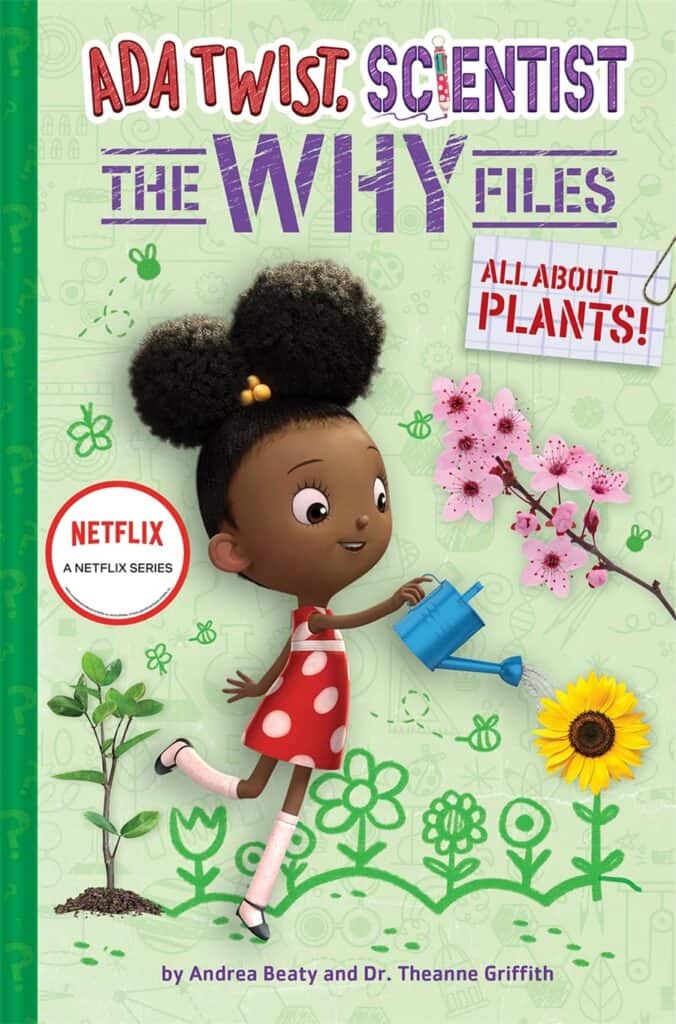
All About Plants: Ada Twist, Scientist The Why Files written by Andrea Beaty and Dr. Theanne Griffith
Packed full of information, this informational book hits the right spot for primary ages. Full-color photographs, diagrams, labels, cartoons, and informational text answer big questions like “How do they eat?” and “Do plants need air like me?“ I like this book — the writing and format are excellent. However, I wish this book include a table of contents and a glossary.
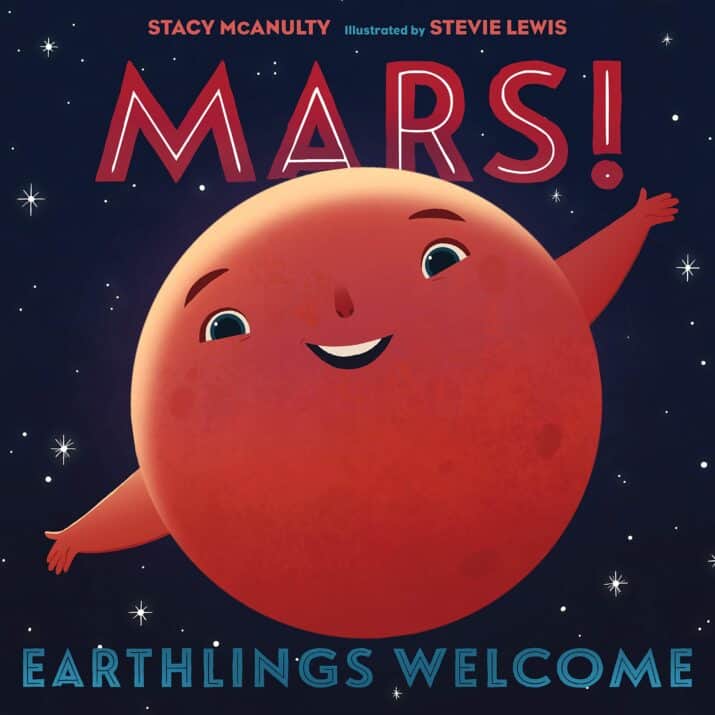
Mars: Earthlings Welcome written by Stacy McAnulty, illustrated by Stevie Lewis
Not nonfiction per se but informational fiction, this first-person narration from Mars‘s perspective shares all its many features of Mars. Like two moons and 37 more minutes in a day! It’s funny, entertaining, and very informative. I would love to use this in a writing class to teach voice, point of view, and even organization.
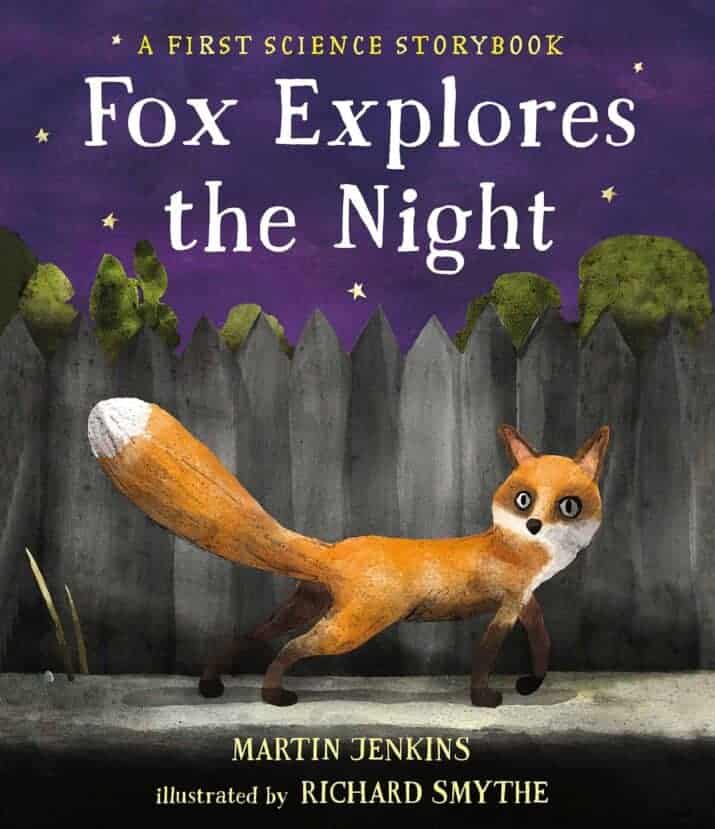
Fox Explores the Night written by Martin Jenkins, illustrated by Richard Smythe
A nocturnal fox searches for food in a busy city. She finds supper in someone’s backyard then returns home. It’s a purposefully simple book with guided questions in the back such as “Can you find examples of different light sources in the book?“
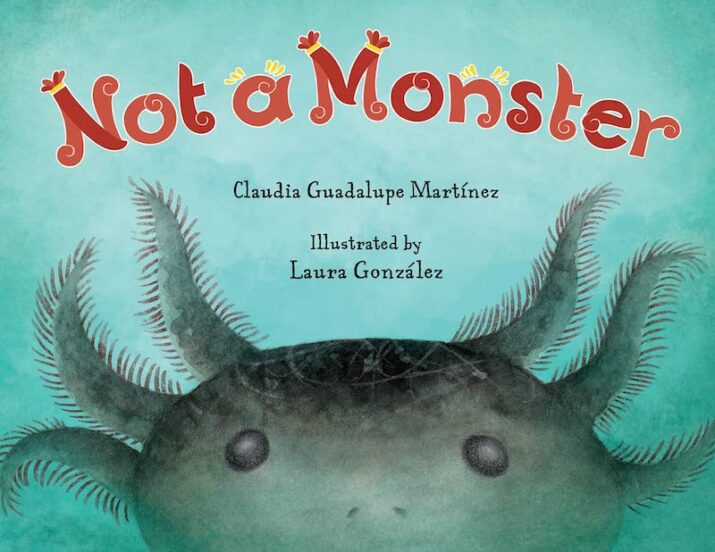
Not a Monster written by Claudia Guadalupe Martinez, illustrated by Laura Gonzalez
As you learn about the not-a-monster axolotl, you’ll also learn the color words in Spanish. Watch the egg to growing fins, the color roja, then swim under a moon the color blanca. See the axolotl search for food among the roots of flowers rosados. Readers will read about these adorable salamander creatures, their behaviors, and how pollution is affecting their canal habitat in Mexico City. Bravo for this lovely picture book that does triple duty — entertains kids, educates us about the axolotl, and teaches us about los colores!
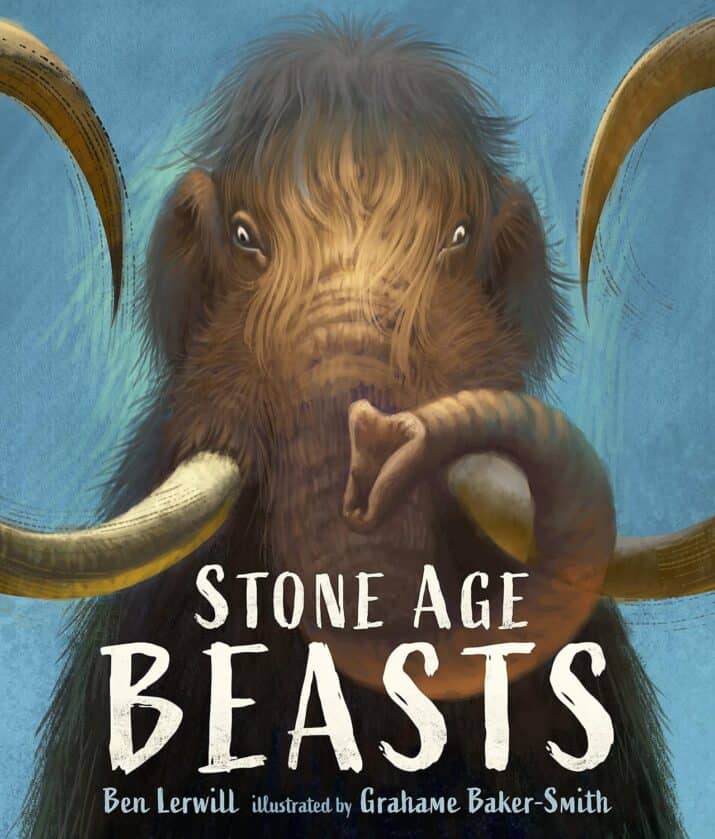
Stone Age Beasts written by Ben Lerwill, illustrated by Grahame Baker-Smith
Kids will love this interesting oversized book about the cool creatures from the Stone Age. Each two-page spread is filled with a mesmerizing illustration and accompanied by fascinating descriptions of the creature along with a sidebar of facts, including a world map of its location. For Siberian Unicorn, the author writes, “Unicorns in fairy tales are normally dainty and elegant, but this spectacular real-life beast was a gigantic mass of fur and muscle.” Read about the Wolly Mammoth, Elephant Bird, Wonambi, Saber-Toothed Cat, Cave Lion, Dire Wolf, and more! A new favorite!!
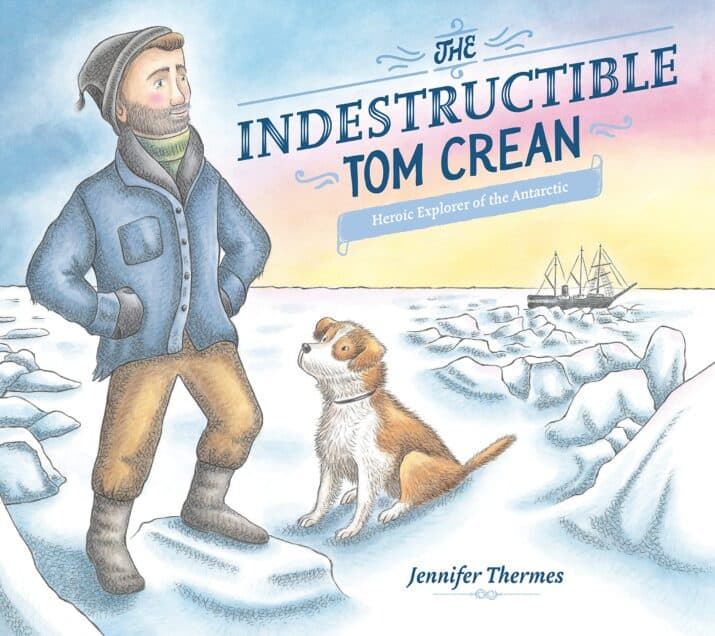
The Indestructible Tom Crean by Jennifer Thermes
Kudos to author/illustrator Jennifer Thermes! She’s made Tom Crean’s biography into a mesmerizing, heart-pounding adventure of a story — which it was. Tom’s a sailor who takes three trips to Antarctica, the most perilous being the famous Endurance voyage with Captain Shakelford. Their ship freezes and sinks. Survival seems unlikely. But somehow, the crew makes it to land, where they climb through a glacier range to get help. Incredible writing with stunning illustrations.
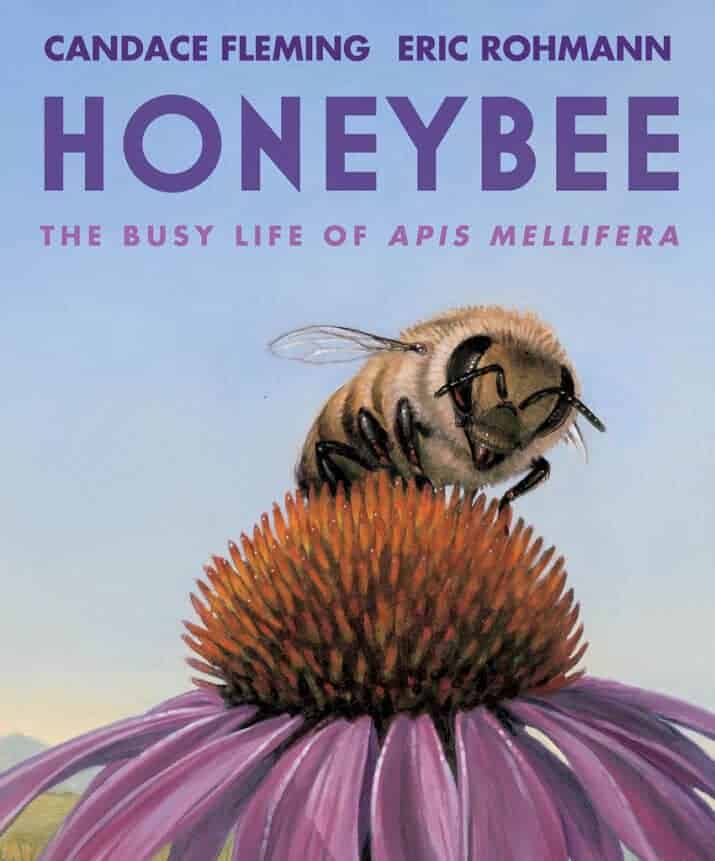
Honeybee: The Busy Life of Apis Mellifera written by Candace Fleming, illustrated by Eric Rohmann
Amazing, gigantic illustrations give us a bees-eye view of a honeybee’s life from her birth to the days of working in the hive, guarding the hive, and searching for nectar. Beautifully written and illustrated, this book accomplishes being an informative book about the life-cycle of bees that sensitively ends with a reflection of our honeybee’s accomplishments (“She has visited thirty thousand flowers…Her work is done.”), her final flight in the warm air, and the birth of a new honeybee.
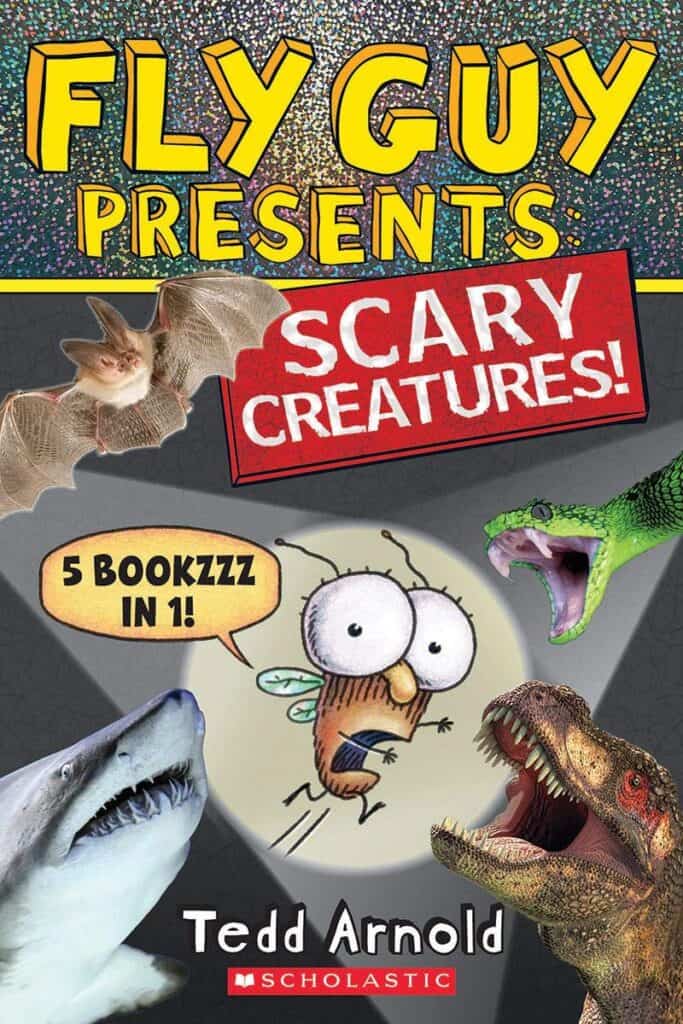
Fly Guy Presents Scary Creatures! by Tedd Arnold
Get 5 books in 1 in this large-sized book filled with these level 2 titles: Sharks, Dinosaurs, Insects, Bats, and Snakes. Fly Guy and Buzz visit places like the aquarium or the museum to learn about different creatures. Colorful drawings and photographs illustrate the topics about which they’re learning with an appealing layout. The text of facts and conversation bubbles are just right and comprehensible for growing readers.
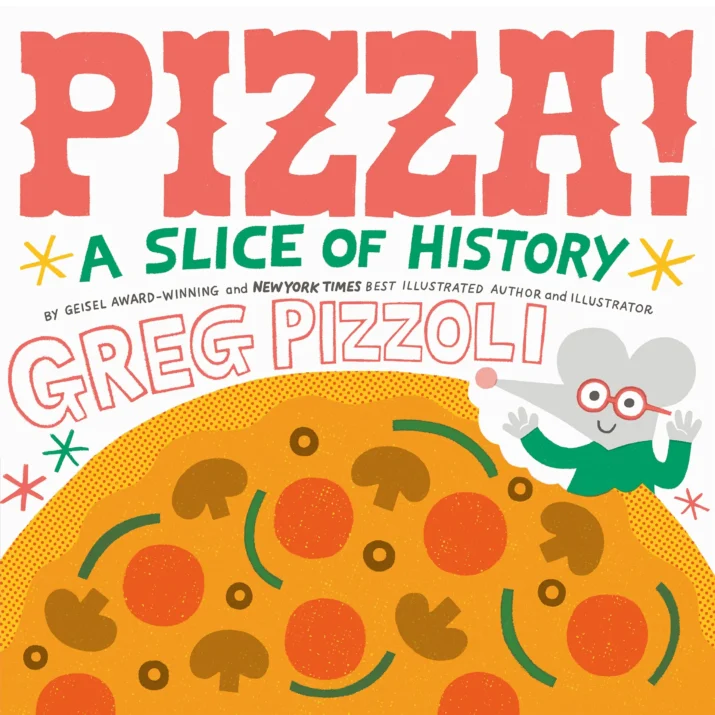
Pizza: A Slice of History by Greg Pizzoli
Pizza fans, check out these tasty tidbits, history, and facts about your favorite food. Where did pizza originate? Greece or Persia? Or Naples, Italy when a man named Raffaele Esposito created a pizza with tomatoes. One or two sentences per page, this informative book hits the right spot for ages 4 to 8 year olds.
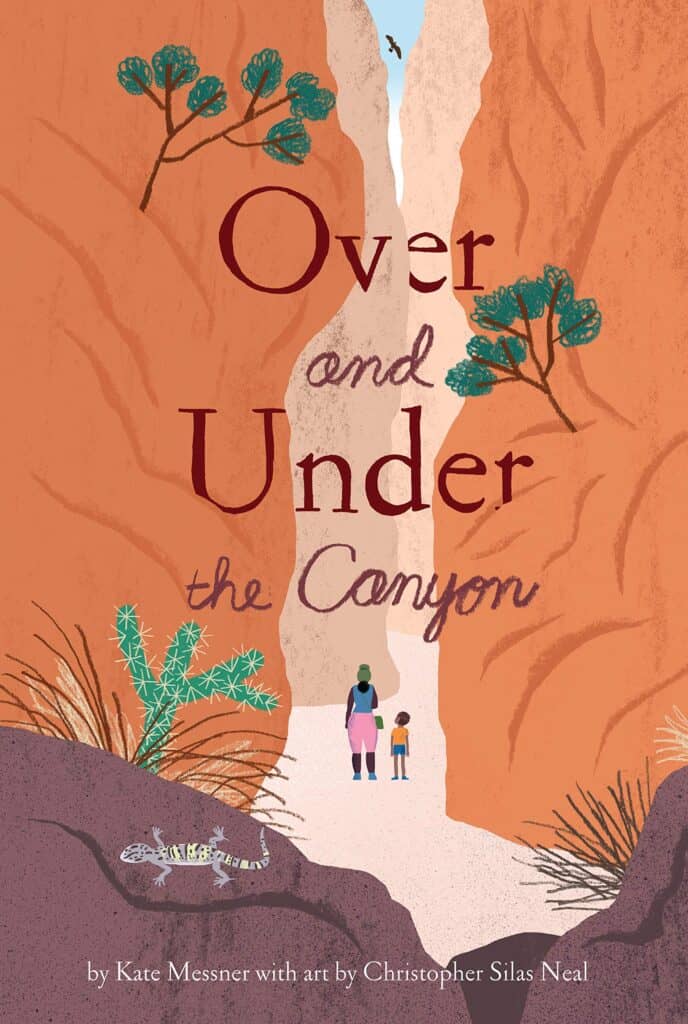
Over and Under the Canyon written by Kate Messner, illustrated by Christopher Silas Neal
A mother and son take a hike in a desert canyon where animals shelter from the hot sun. Overhead the kestrels glide and eagles dive, along the walls tarantulas creep and geckos scoot. The pair see a roadrunner devour rattlesnakes, a mule deer gallop away, and wildflowers blossom. When the sun fades for the day, mom, dad, and son eat supper and crawl into their tent while coyotes howl and the insects sing a desert-night lullaby. Informative while being interesting and magical.
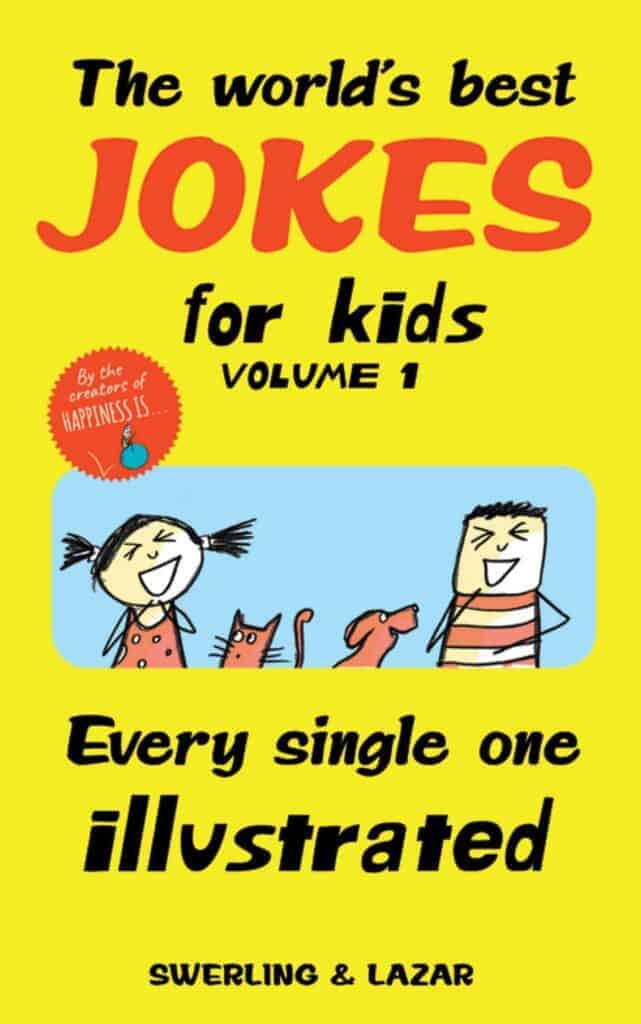
The World’s Best Jokes for Kids Volume 1 by Lisa Swerling & Ralph Lazar
Each of these jokes is illustrated with I really love because it gives struggling or new readers extra picture support for decoding and comprehension. This series (volume 2 is here) shares jokes that will make your kids laugh, groan, and share with all their friends.
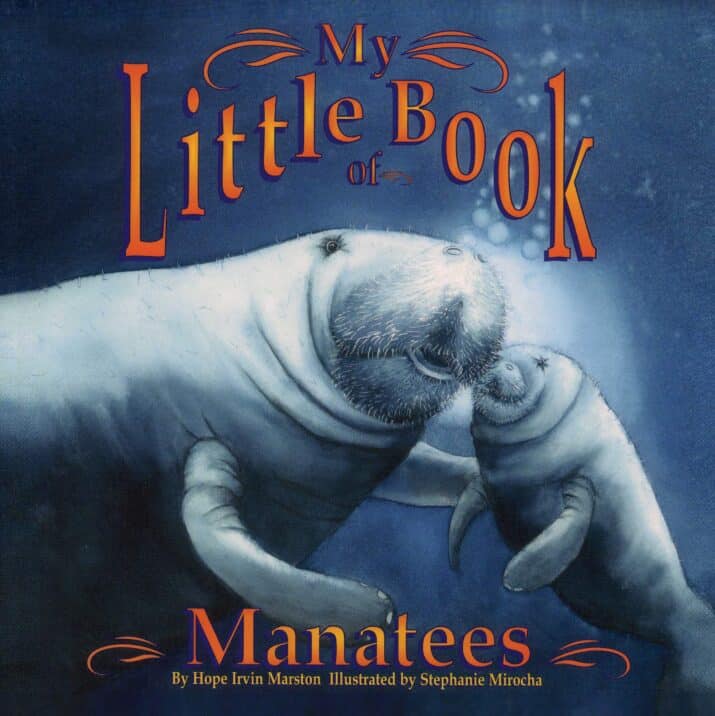
My Little Book Manatees written by Hope Irvin Marston, illustrated by Stephanie Mirocha
Perfect for early elementary-age readers, read all about the life of a mother and baby manatee as he grows with his birth, behavior, food, and problems with pollution and speed boats. Vivid verbs and lots of sounds words throughout make this extra engaging. “Munch! Her huge teeth looked like crinkle-cut french fries. She chewed very fast. Every day she chomped down one hundred pounds of plants.” Very well-done!
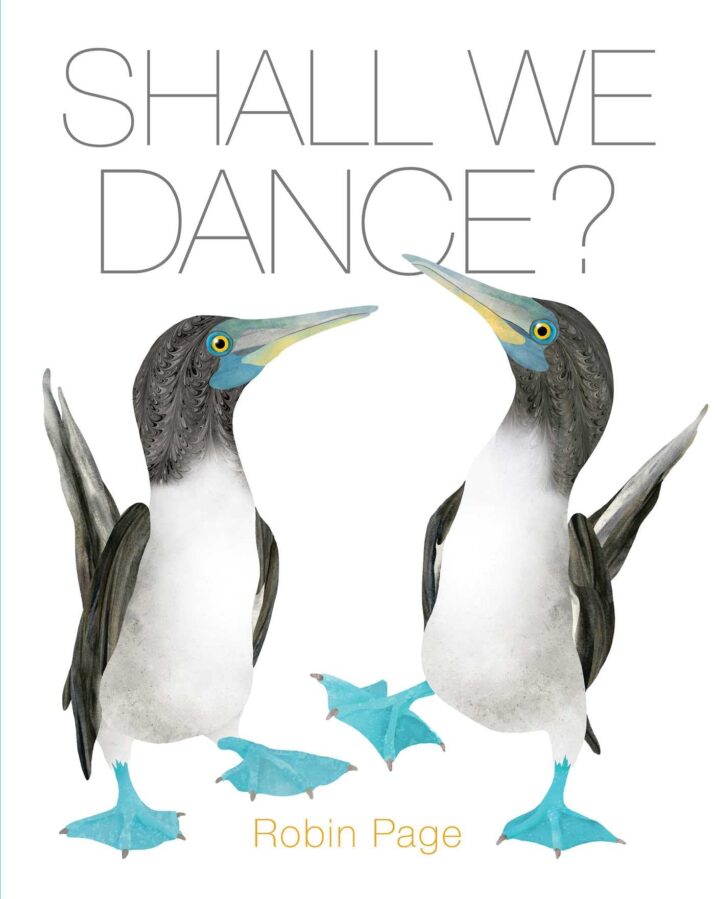
Shall We Dance? by Robin Page
You’ll love these creatures who high-step and tap off the pages with vivid verbs, informational facts, and colorful illustrations. “Turtles tickle… Eagles cartwheel… Crabs wave.” Each page features a creature and its strut, spin, or shimmy, plus an informational paragraph. Fun, exciting, and fact-filled!

Plants Fight Back written by Lisa J. Amstutz, illustrated by Rebecca Evans
What a well-done, fascinating book! On each two-page spread, clever rhymes show how plants protect themselves and more non-rhyming text explains and elaborates on that information. For example, “Some plants deliver a peppery punch to mammals who might try to much them for lunch. // Rabbits like to eat most garden plants. But they don’t touch chili peppers! That’s because chili seeds taste very hot to mammals. The hot seeds don’t bother birds.“
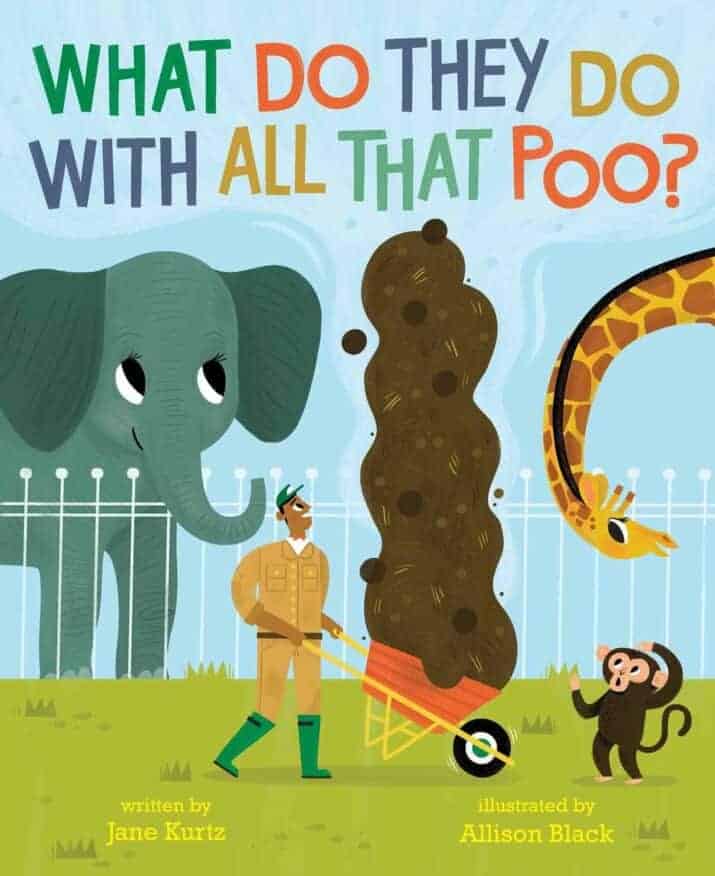
What Do They Do With All That Poo? written by Jane Kurtz, illustrated by Allison Black
There’s potty humor, and then there are books literally about poop. Learn about the poop of different zoo animals — pandas, hippos, elephants, hyenas, bats, and more. You’ll read what’s in each animal’s poo, the shape and color, and other pertinent facts. “Each rhino’s poop has its own unique smell. Rhinos smell dung to gather information about one another.” Then, the book answers the title’s question –what does the zoo do with so much poop? Well, they put it in trucks and dump it into landfills, send some to scientists, or make compost.
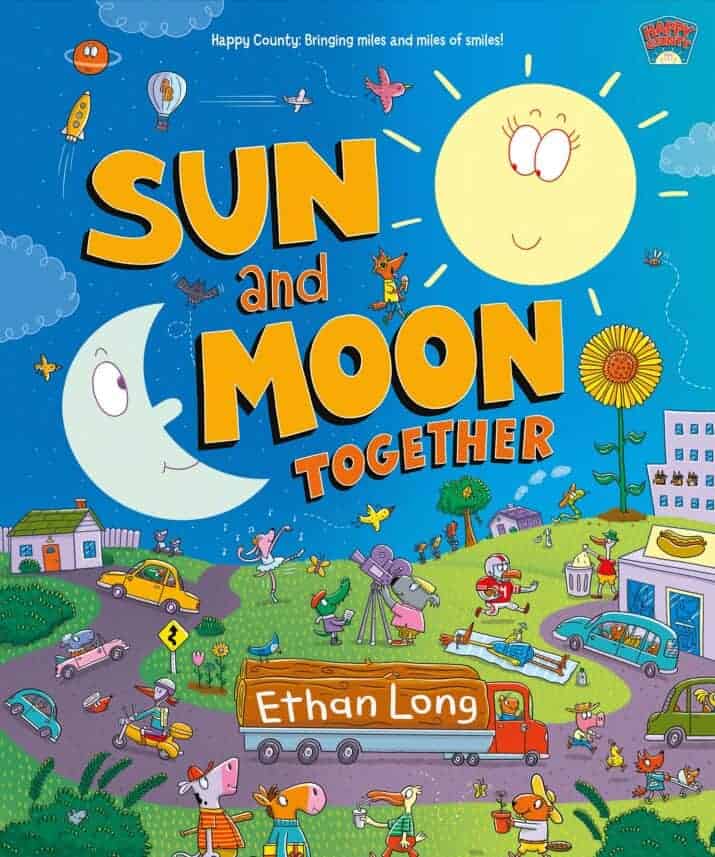
Sun and Moon Together by Ethan Long
Long’s created a community (Happy County) with silly cartoons and stories that explain factual information while engaging the reader’s attention. Learn about the Sun and the Moon, the water cycle, the solar system, and delight in stories about characters like Wilbur and Orzo Bright whose hot air balloon pops and sinks to the bottom of the ocean. There’s so much to learn, see, and do in this entertaining book.
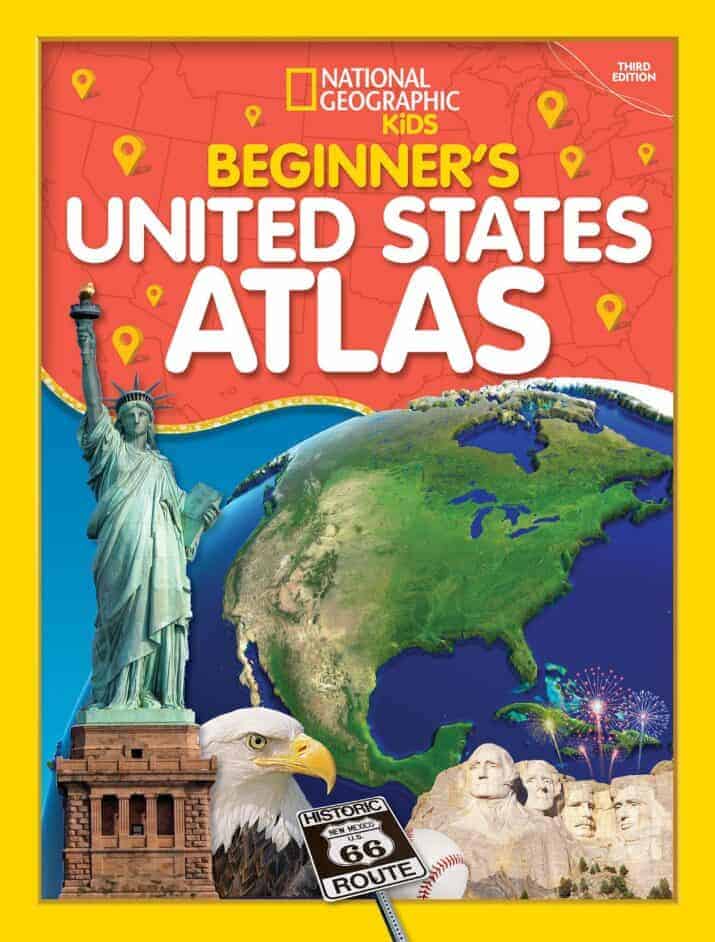
Beginners United States Atlas National Geographic Kids (2020)
A MUST-OWN BOOK! Updated for 2020, this is a gorgeous, easy-to-use oversized atlas perfect for ages 4 to 12. Each state gets a two-page spread with a large map, a small map showing full-color photographs, the state’s location in the U.S., important facts, land and water features, history about the state. Organized by region, it’s easy to find what you’re looking for. The text is simple and readable, perfect for primary grades like 1st, 2nd, and 3rd grades.
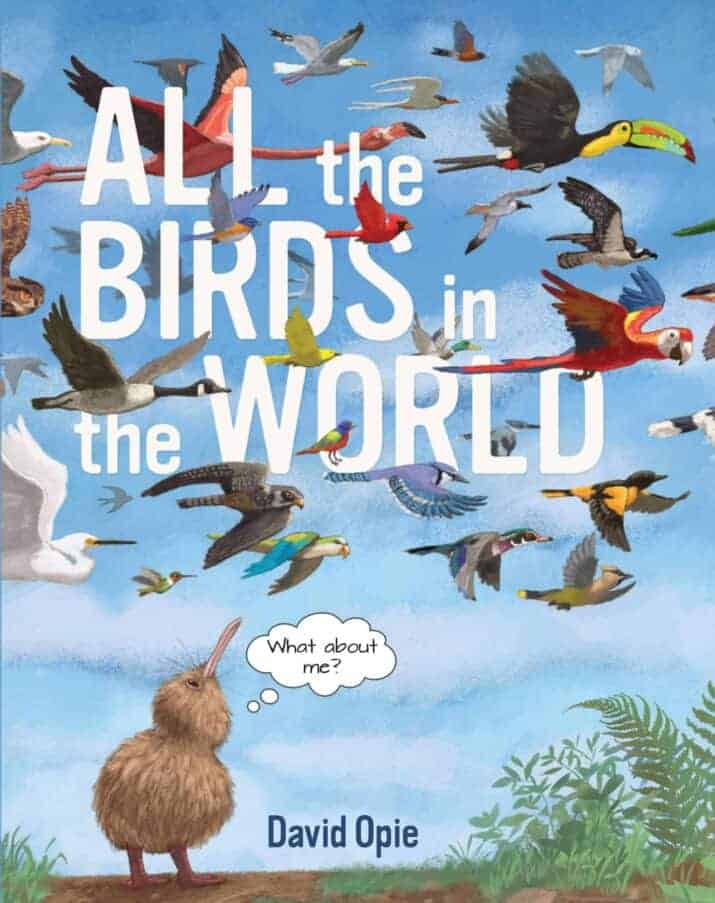
All the Birds in the World by David Opie
As the narrator talks about what makes birds birds, the kiwi bird asks “What about me?” on every page. Eventually, we’ll learn the answer to the little bird’s question…even though she doesn’t fly, has no tail, and has a beak with nostrils, she is part of the bird family. It’s a wonderful, inclusive book with gorgeous illustrations of birds of all kinds. Valuable back matter gives readers a key to the names of the birds on each page.
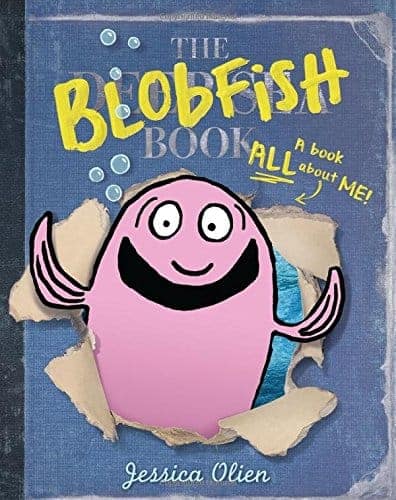
The Blobfish Book by Jessica Olien
I LOVE how creative this book is with a cartoon-like blobfish with a big personality who interjects said personality during the book’s photograph and textual information about life in the deepest parts of the ocean. Perfect text-to-picture ratio (aka. not too much!) makes this a nonfiction home run!
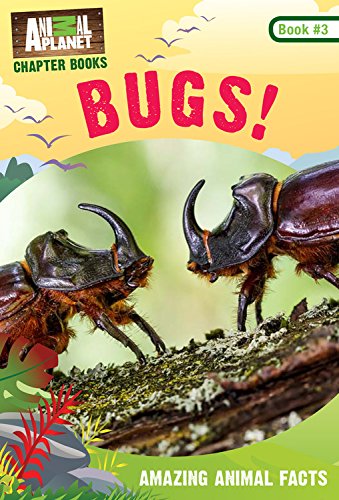
BUGS! Animal Planet Amazing Animal Facts Chapter Books by James Buckley, Jr.
The Animal Planet chapter books are in full color with photographs, illustrations, and kid-friendly design. The text size itself is perfect for elementary readers, it’s slightly bigger than typical nonfiction books of this length with decent white space in between the lines and around it. Finally, I’m impressed with the way this book series delivers factual information without dumbing it down or making it too difficult to read. Amazing Animal Facts Chapter Books is a stellar, highly recommended science chapter book series just perfect for elementary classrooms and libraries.
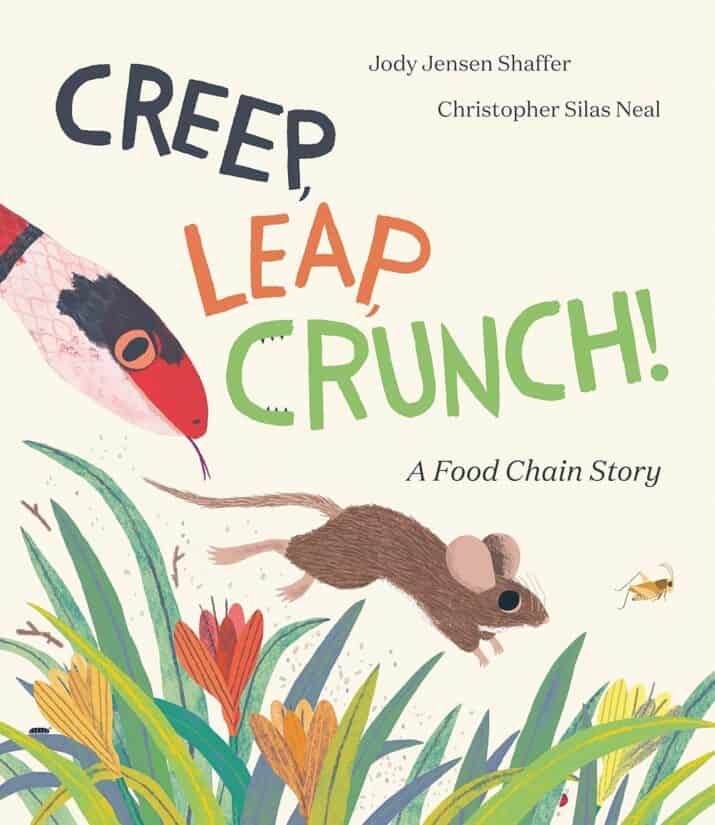
Creep, Leap, Crunch! A Food Chain Story written by Jody Jensen Shaffer, illustrated by Christopher Silas Neal
The first half of this book is a cumulative food chain story that starts with the sun and the plants, then continues to the smallest prey, a cricket that eats grass. Each page adds on a predator who eats the prey— the mouse eats the cricket, the snake eats the mouse, all the way up to a brown bear eating the fox. Back matter explains more about the forest and the animals. This is a perfect STEM read aloud introduction to food chains and forest biomes.
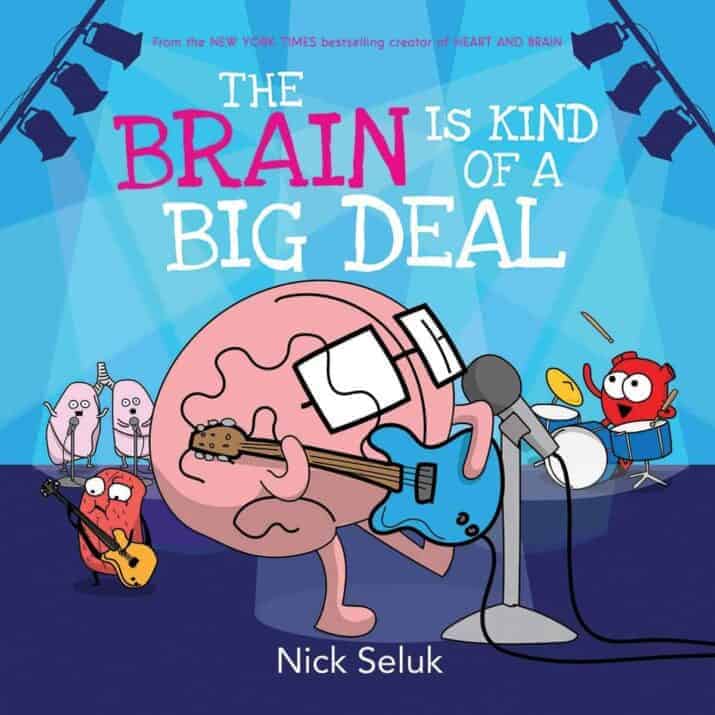
The Brain Is Kind of a Big Deal by Nick Seluk
Kids will learn so much about the brain in this well-done, humor-filled book with pacing and flow that will hold readers’ attention. Plus, they’ll love the cartoon panel illustrations and the text-to-picture ratio.
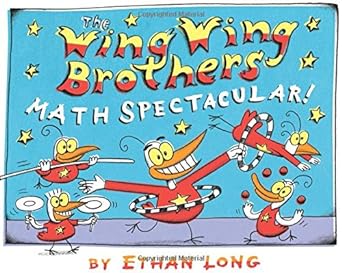
The Wing Wing Brothers’ Math Spectacular! by Ethan Long
I’m a big Ethan Long fan, and this book blew me away, it was so funny and educational. (Hard to do.) Plus, it’s a bedtime favorite, which I found, well, surprising. Math for bedtime? In this book, we meet the performing Wing Wing brothers: Willy, Woody, Walter, Wendell, and Wilmer. Cartoon illustrations depict their antics in three acts.

Caterpillar to Butterfly by Laura Marsh
Simple text matches each beautiful photograph. These books are bright, colorful, and informative — just perfect for any beginning reader.
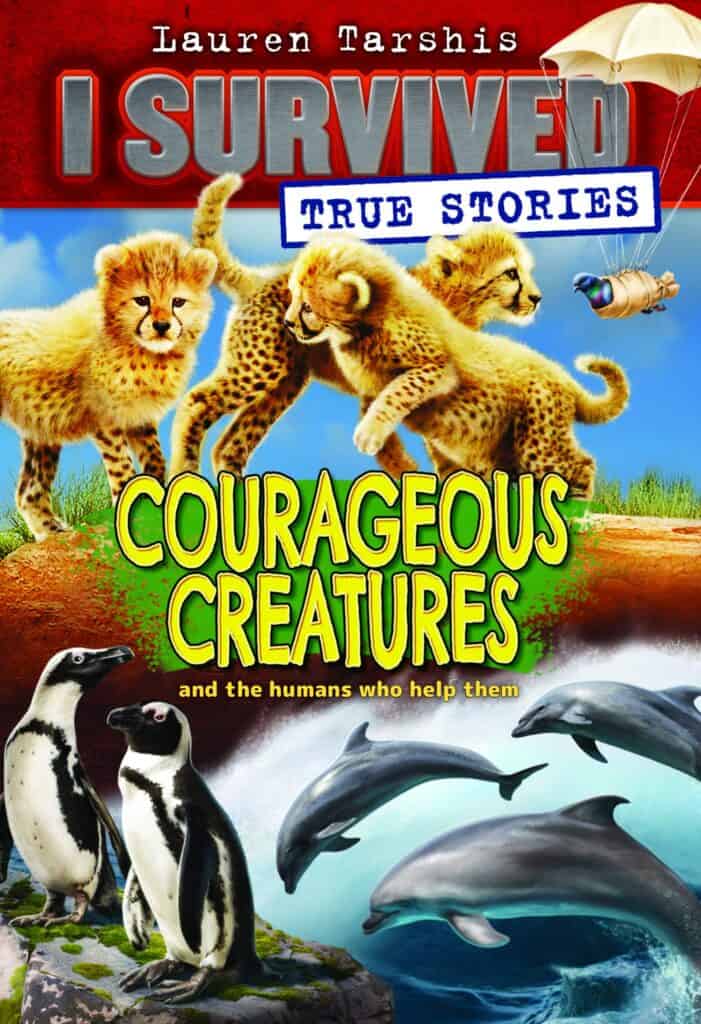
Courageous Creatures and the Humans Who Help Them I Survived True Stories by Lauren Tarshis
ANIMALS
Four compelling stories of animals and humans will keep readers engaged. From carrier pigeon hero of WW I to cheetah cubs adopted by a human, these will share true stories for any animal lover. Filled with lots of black-and-white photographs and factual information that supports each story. For example, read about echolocation related to the dolphin story and general information about marine animals. Highly recommended.
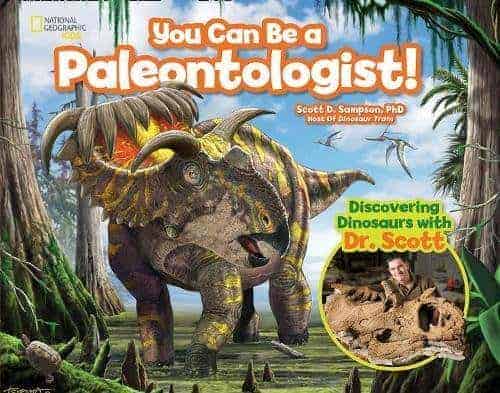
You Can Be a Paleontologist! National Geographic Kids by Scott D. Sampson, Ph.D.
Each section of information begins with a question like “How do you find fossils” then answers the question using text, photographs, and informational insets. Dinosaur fans will be excited to learn just how scientists find, store, study, and figure out more about the dinosaurs they study — all from the bones. Clear information with enticing photographs make this an excellent choice for 7 year old dinosaur and science enthusiasts.

Hockey Then to Wow! Sports Illustrated Kids
Whenever I volunteer in the school library, I see groups of kids huddled up reading sports facts books just like this one. From the beginnings of hockey to the present day, readers will learn about old style skates to current skates, gear including the outfits, famous players, coaches, and teams. For hockey players and fans, this is a nonfiction must read series.
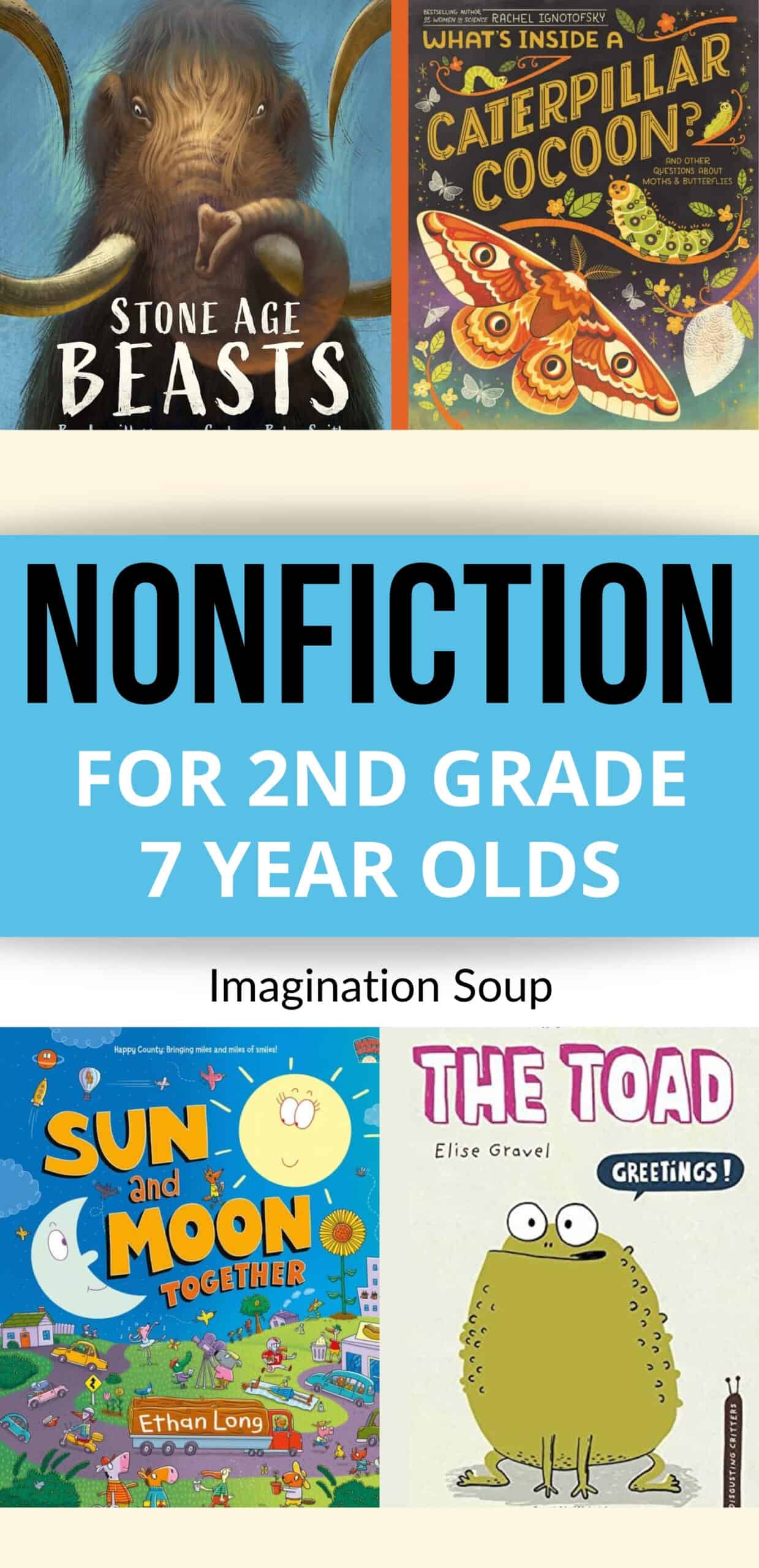
More Book Lists:
Books for 5- and 6- year olds
Books for 2nd Graders, 7-year olds
Books for 3rd Graders, 8-year olds
Books for 4th Graders, 9-year olds
Books for 5th Graders, 10-year olds
Books for 6th Graders 11-year olds
Books for 7th Graders, 12-year olds
YA Books
Nonfiction Book Lists by Age
Picture Book Biographies

 PARENTING TIPS
PARENTING TIPS PREGNANCY
PREGNANCY BABY CARE
BABY CARE TODDLERS
TODDLERS TEENS
TEENS HEALTH CARE
HEALTH CARE ACTIVITIES & CRAFTS
ACTIVITIES & CRAFTS

